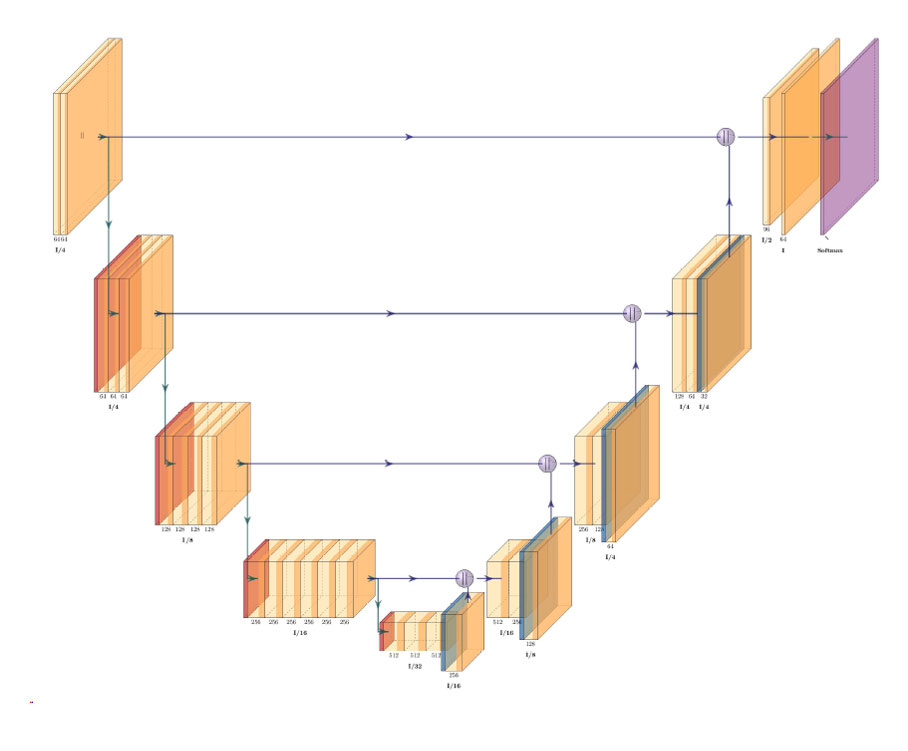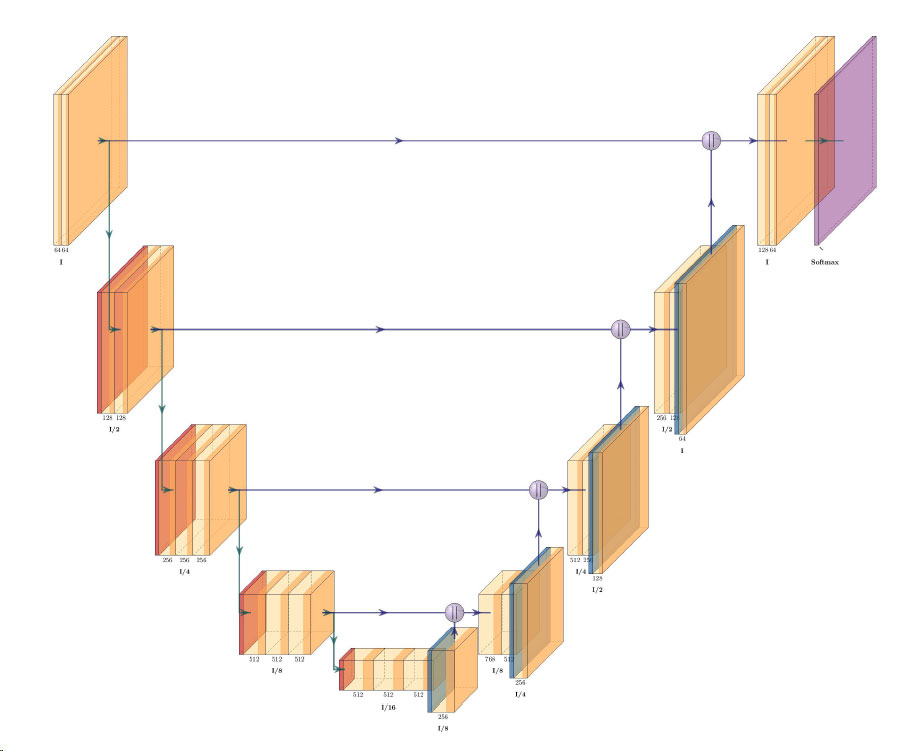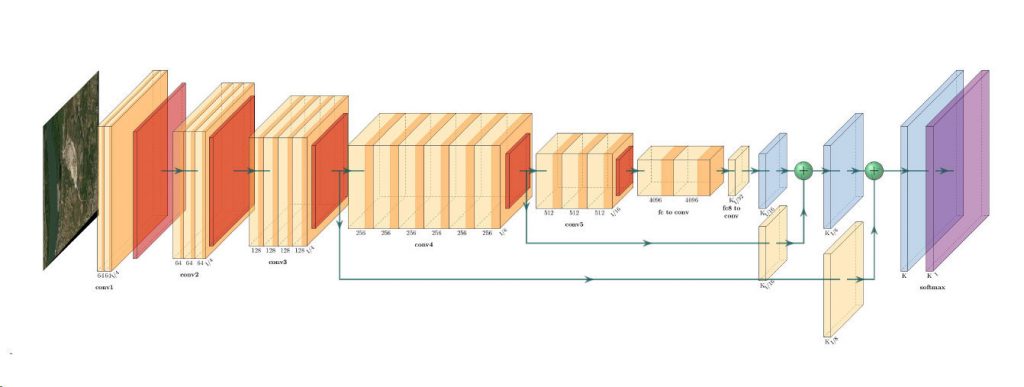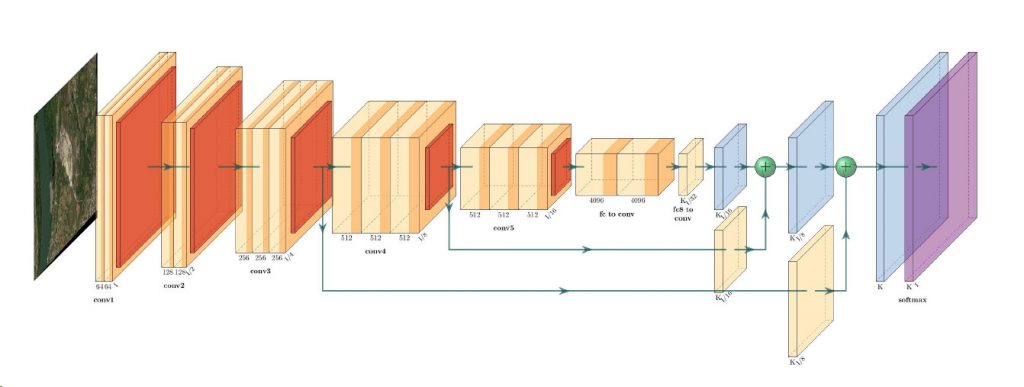Mt Etna’s Volcanic Plumes Imaged by WorldView-2 Satellite
- European Space Imaging
WorldView-2 satellite captured the fumarole plumes of smoke and gas that continue to spout from the crater shortly after the eruption on 3 December.
The satellite has the ability to see the whole area in one view. It shows the residue ash and smoke being carried north east over the villages of Linguaglossa, Francavilla di Sicilia, Milazzo, Messina and Reggio Calabria.
Mount Etna showed its colors on 3 December erupting again just after 3am for the first time since May 2015. The spectacular upwards jet of lava from the Voragine crater lasted for 50 minutes sending an ash plume more than 3 kilometers high. The fountain of lava is said to have reached a kilometer above the crater. This was the biggest eruption since September 1999 when the volcano shot volcanic material more than 12 kilometers high.
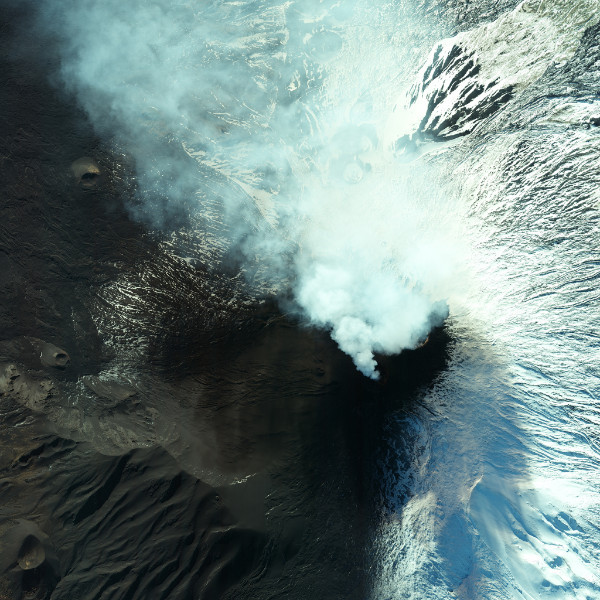
Mount Etna | Italy | WorldView-2
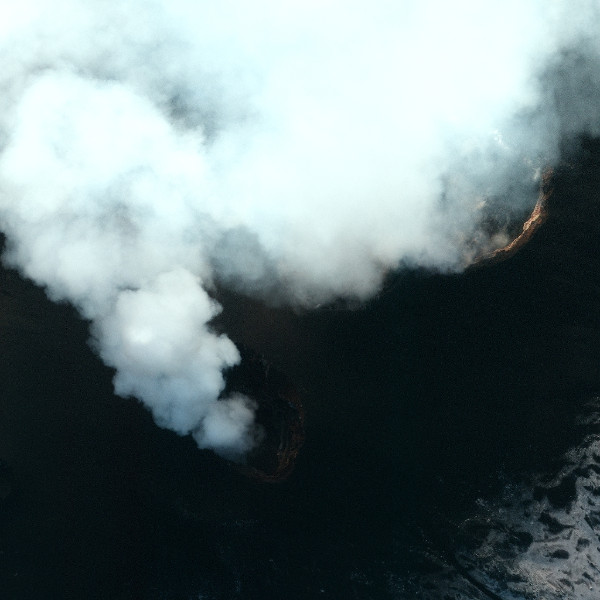
Closer look at Mount Etna | Italy | WorldView-2
Etna is the tallest and largest volcano of Europe and has four summit craters. Its eruptions occur both at the top and from its sides down to a few hundred meters above the sea-level. It is one of the most active volcanoes on the Earth so is continuously monitored by the Etna Observatory based in Sicily. You can follow its activity on their webcams and if you are lucky you may just catch the next explosive eruption live.
The operations team at European Space Imaging is always on alert to task the satellite to collect up-to-date imagery of Etna in the case of any volcanic emergency.
Related Stories
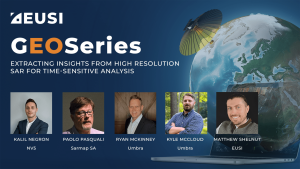
GEOSeries: Extracting Insights From High Resolution SAR Imagery for Time-Sensitive Analysis
In this webinar, industry experts and advanced users of Umbra SAR data showcase how they transform SAR imagery into actionable insights in real-world mapping, monitoring and intelligence applications. See how NV5 and Umbra leverage ENVI SAR Essentials for advanced processing with time-efficient results, converting analytics into valuable intelligence.
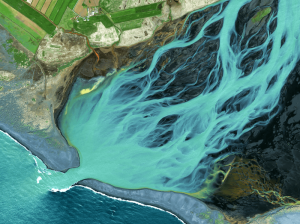
Using Satellite Imagery to Build Water Resilience Across Europe
Water across Europe is facing severe pressure. Climate change, urbanisation, agricultural demands and other sources of pollution are threatening water security and creating critical challenges that need to be addressed. We have to act quickly, build stronger systems and create sustainable water resilience practices – so that both natural ecosystems and human communities can thrive. Here is how satellite imagery from EUSI can help.
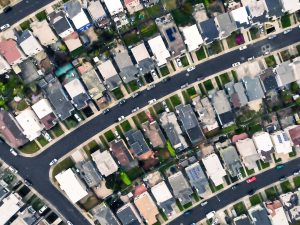
EUSI and Albedo Partner to Deliver 10 cm Resolution Satellite Imagery to Europe
It is our pleasure to announce the partnership with Albedo, a builder of high-performance spacecraft and the first satellite designed to operate commercially in VLEO (Very Low Earth Orbit). This partnership will bring the world’s highest resolution satellite imagery to the European and North African market.

Updating the Land Parcel Identification Systems in 2025: The Benefits of Using Satellite Images
Agricultural paying agencies across Europe face increasing challenges in maintaining accurate and up-to-date Land Parcel Identification Systems (LPIS), ensuring compliance with the Common Agricultural Policy (CAP) and supporting sustainable agricultural practices.


